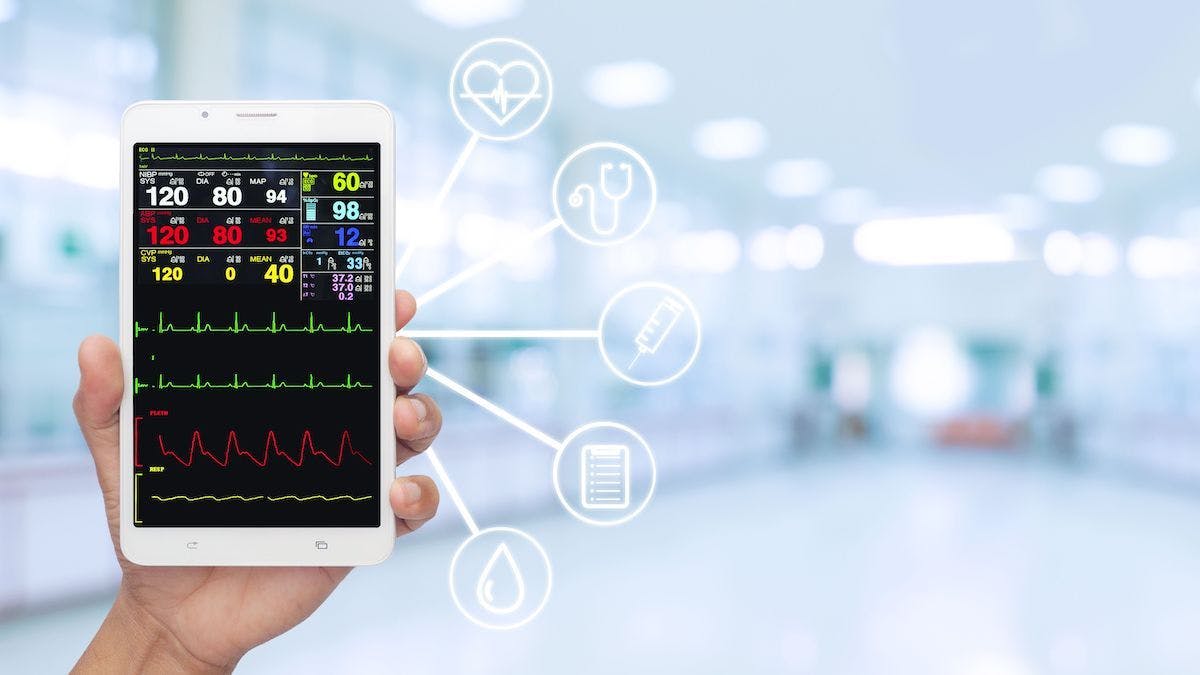This piece originally appeared in Medical Economics. You can find the full text here.
Technology can reduce health care costs, improve outcomes, improve practice efficiency


Remote patient monitoring (RPM) outcomes have been the subject of extensive research. The ability to monitor patients’ blood pressure, weight, or heart data continuously allows physicians to catch risky conditions before they get worse or become critical. This intervention helps reduce clinical workload, hospital visits, and resulting health care costs.
While these benefits are clear for health care professionals, some patients are resistant, especially when they learn a copay will be required. Yet the short- and long-term health benefits of RPM for patients far outweigh any out-of-pocket costs.
The current state of RPM use
The COVID-19 pandemic rapidly increased the development and use of RPM technologies to provide ongoing care for patients in lockdown. RPM use has continued to grow with the increasing demand for better patient care and the rising cost of traditional health care. According to Markets and Markets Research, the global RPM systems industry is projected to be worth over $1.7 billion by 2027, up nearly 128% from its current value.
RPM applications range widely and include the detection of critical health events through sensors for chronic conditions such as diabetes or heart failure, telehealth education and support, fall-detection monitoring, mental health systems for patients who require medication-adherence monitoring, and more. Artificial intelligence and machine learning are expected to drive continued growth in the industry, spanning uses from clinical decision support systems aimed at diagnostic or predictive prognostic purposes to imaging interpretation and tools that will improve patient experience and education.
Read the rest of the article here.




